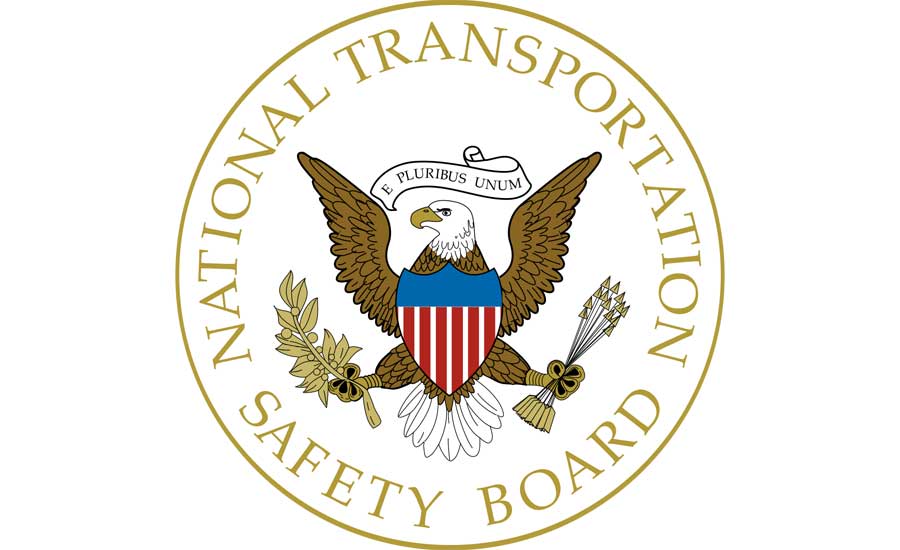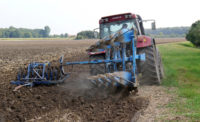On an unseasonably warm autumn night in 2016 near Tekamah, Nebraska, a resident ventured out of his home to find the source of the sharp, overpowering odor he was smelling. What he didn’t know was that an 8-inch-diameter underground transmission pipeline owned and operated by Magellan Midstream Partners, LP had ruptured and released 2,587 barrels (108,654 gallons) of liquid anhydrous ammonia onto his property. Upon release and exposure to the atmosphere, the ammonia vaporized and produced a toxic plume.
The homeowner died of respiratory failure due to exposure to the ammonia vapor. He wasn’t the only victim of the October 17 incident: two people sustained minor injuries and a total of 29 households - 49 people, were evacuated. U.S. Highway 75, a main roadway in the area, was closed for several days.
In a report issued recently, the National Transportation Safety Board (NTSB) attributed the likely cause of the release to corrosion fatigue cracks that grew and coalesced under disbonded polyethylene tape coating. Contributing to the location of the cracking was external loading that caused bending stress in the pipe in addition to the cyclic stresses in the pipe from the internal pressure of the ammonia transported.
Anhydrous ammonia is the gas or compressed liquid form of ammonia that contains no water. It found in a diluted form in everyday household cleaning, as well as in the industrial cleaning industry. It has several uses in agriculture and the manufacture and synthesis of certain molecules.
According to the NTSB, the ammonia pipeline was operated and monitored from a control center located in Tulsa, Oklahoma. Low pressure alerts were received in the control center at 9:03 p.m., and a rupture alarm first occurred at 9:14 p.m.At 9:21 p.m., control center personnel received a third-party report of strong ammonia odor and a vapor cloud located 8.5 miles north of Tekamah, Nebraska.
For more details about this accident, visit www.ntsb.gov/investigations/dms.html and search for NTSB accident identification number DCA17FP001.



